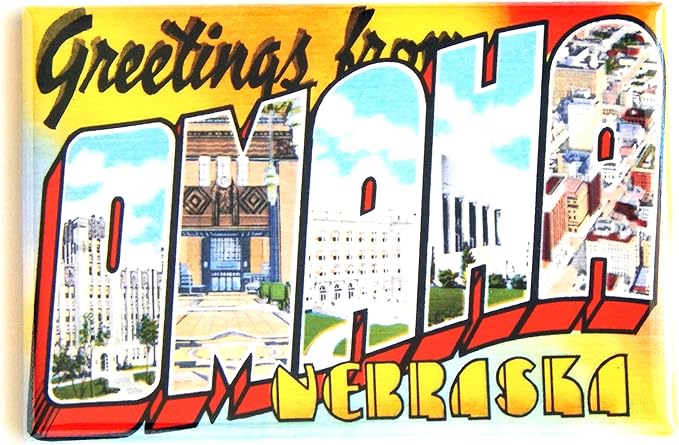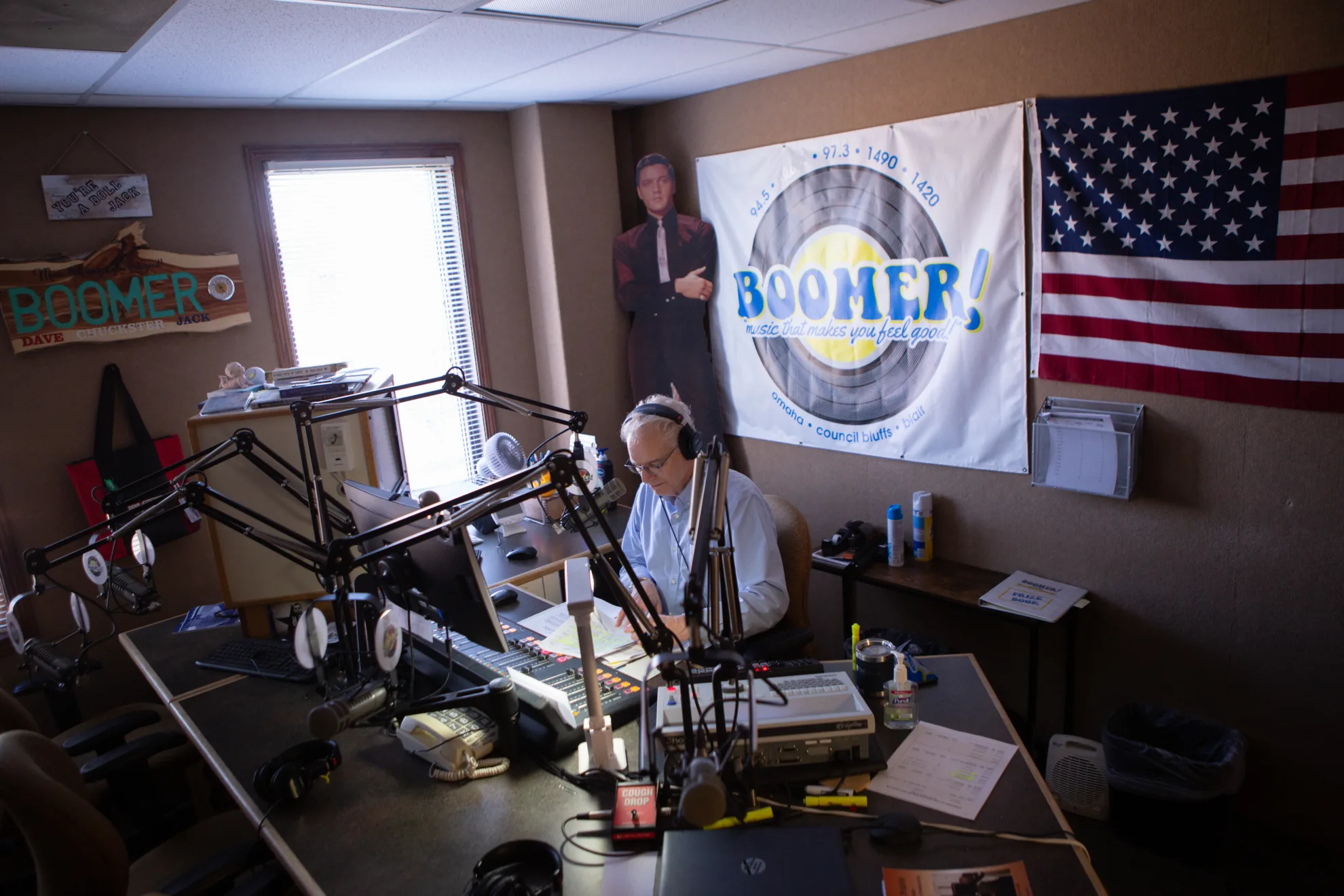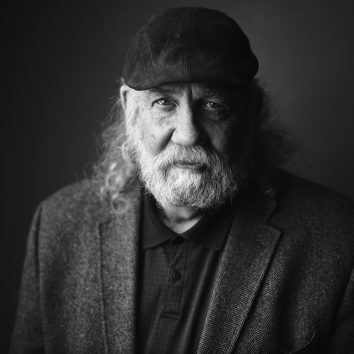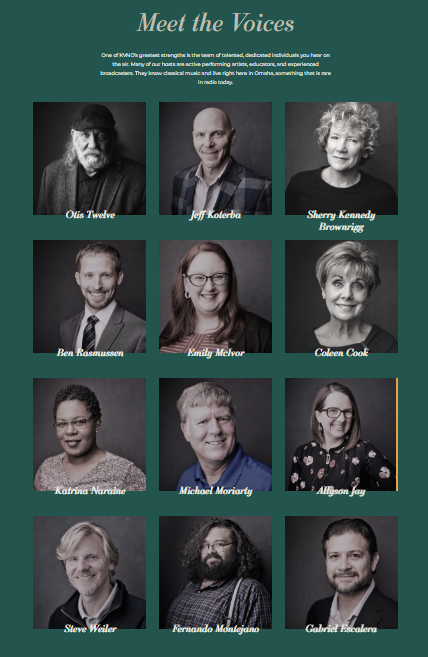
I’ve gotten considerable feedback already this week on our two-part post, “Radio, This Is Us.”
The main thrust of these posts is that a return to radio’s basics – a renewed emphasis on “live & local” – may be the best path forward for a medium bedeviled by increasing competition, the fumes of COVID, as well as its own financial pressures. The idea is that by refocusing on these fundamentals, the U.S. commercial radio industry has a chance to positively differentiate itself from everyone else.
While I highlighted compelling new data that supports a re-emphasis on the local piece, a number of you are asking the age-old radio question,
“Where is it working?”
Historically in American radio, innovative ideas have often emanated from major markets. The first sports radio station – Emmis’ WFAN – was born in New York City. Chicago was the host market for Steve Dahl and his infamous “Disco Demolition.” And while many contend “Boss Radio” originated at KHJ in Los Angeles, the birth of “Progressive Rock” is often credited to the legendary KSAN in San Francisco.
But let’s not forget Omaha, Nebraska’s current contribution to helping make radio great again.
That’s right, Omaha.
A number of you alerted me to a great photo essay by Tim Trudell that ran last week in the Flatwater Free Press. The story title alone will tell you why it resonated for me:
“In an era of corporate radio, a Nebraska station bet big on local DJs. It’s paying off.”
It’s Boomer Radio and the name speaks volumes about how this niche stations leans into a demographic – hell, an entire generation – that fewer and fewer broadcasters care about. That’s because most Baby Boomers have aged out of the prime target most stations covet – 25-54 year-olds.
Boomers have aged out of the prime target most stations covet – 25-54 year-olds.
Boomer Radio is owned by Walnut Media, and operated by president/CEO Patrick Combs. Along with owner Steve Seline, Boomer Radio unapologetically has its sights sets on serving the greater Omaha community. Tim Trudell sums up the mission and how it dares to be different from the other players in the market:
“Knowing Boomer Radio isn’t likely to top the market, Combs said the station can instead focus on what made local radio great in the glory days: community.”
The company has rounded up a well-known staff of former radio icons who are as passionate as ever about making Boomer Radio work. Referring to aggregating the current lineup, Combs refers to it as a coup, noting the personalities are key to the station’s success:
“They’re disc jockeys that people can relate to, and a lot of them grew up with.”
The lineup is comprised of Omaha radio all-stars that include Dave Wingert, Chuck Yates (formerly Z92, a station Jacobs Media consulted for many years), Jack Swanda, Neil Nelkin, and other local names. While these aging jocks say they’ve still got fuel in the tank, a number have dodged illnesses and the ravages of old age.

Nonetheless, the Boomer Radio team is focused and in alignment. Jack Swanda sums up the station’s mission:
“Radio is intimate. It’s one-to-one…They’re not listening as a big audience. They’re listening as individuals. And it’s local, so if you can tie in with where that person is, and the things that are happening in their lives, you become part of the community along with them.”
And pulling it off in a market the size of Omaha – not Chicago or Dallas – makes the challenge doable.
Meantime, across the street, there another unlikely station in town utilizing the same basic playbook – KVNO, the public radio station owned by the University of Nebraska Omaha.
It’s rather unusual a market of this size has a classical station, much less one with sharp, knowledgeable personalities around the clock.

The standout is morning institution Otis Twelve (another expat from Z92), known for his unique storytelling style on KVNO.
Unlike stations that specialize in formats like Rock, CHR, Country, or Sports, personalities are typically background in the Classical format. But not so KVNO. The station has assembled a strong cast of knowledgeable hosts who are as welcoming to newer listeners to the format as they are to long-time fans who nerd out on Mahler and Mozart.
Otis Twelve (pictured) is essentially the face of KVNO – an odd occurrence in and of itself for a Classical station where the leading man is more apt to be Beethoven or Bach. A recent inductee into the Nebraska Broadcasters Association Hall of Fame, Otis is a true renaissance man. Over his more than four decades on the air on the Omaha airwaves, Otis has also has worked as a standup comic, a TV critic, author, concert narrator, and a Benedictine monk in training.
But it doesn’t end there. The entire airstaff is distinguished – interesting, smart, passionate, and of course, knowledgeable about the wonderful music KVNO plays. And as you can see by the “Meet the Voices,” it’s quite a collection.
passionate, and of course, knowledgeable about the wonderful music KVNO plays. And as you can see by the “Meet the Voices,” it’s quite a collection.
The team is led by station manager, Sherry Kennedy Brownrigg, who also hosts “Midday Classics,” and is great personality in her own right. Other KVNO personalities include Jeff Koterba who pops in during Otis Twelve’s show, Ben Rasmussen, Emily McIvor, Coleen Cook, and Katrina Naraine.
While KVNO and Boomer Radio couldn’t be more different in most respects, their radio architectures are remarkably similar: great live and local hosts in all dayparts, a commitment to the community, a love for the music and those who play it, and a strong audience connection.
The interesting part is that Omahans seem to be aware they have something special at both of these stations. But what happens when we leave the Cornhusker State and take our radio show on the road?
In yesterday’s Radio Ink, Mike McVay put the icing on this notion of embracing the artists – whether they’re new and emerging, or in the case of both Boomer Radio and KVNO, musicians, composers, and performers from another era.

In “A Different Approach To Marketing Radio,” Mike interviewed Melissa Core-Caballo, (pictured) co-founder of Dead Horse Branding, a Nashville-based marketing agency with a focus on artist development. Her theory about why radio has lost its music discovery mojo?
A lack of connection to the artists directly.
When you’re famous for Oldies, Classical, and even Classic Rock, there are proven ways to embrace your core artists, whether they’re still alive and touring or they’ve moved onto that performance hall in the sky. With newer artists, it’s about recommitting to how stations showcase artists.
Consider this thought from Core-Caballo:
“If radio could change the narrative around artists, radio would win a lot of consumers back. You can’t get interviewed on Spotify. You can’t get interviewed on Apple Music. You can’t have a conversation, or get your brand message out there, and you can’t connect to the artist.”
She also recommends giving the audience a seat at the music strategy table in an effort to diversify the music, give it a narrative, and provide members of the station’s community with a voice – another way to demonstrate a radio’s difference, a popular theme in our blog posts so far this week. Of course, it does help to have personalities in the building – or nearby.

Melissa’s scenario is playing out on Fridays on WCSX in Detroit. Beasley programming mastermind, Scott Jameson, recently launched “Fab Four Fridays,” a chance for rock stars, local celebrities, and other notables to pick their foursome of fab faves by the Beatles.
Members of the audience will also have a chance to get in on the action, selecting their own sets of four, along with commentaries on why they made these picks.
Here’s a snippet of Alice Cooper’s Beatles story:
It’s not hard to track the similarities in strategy, design, and execution across formats, market sizes, and even stations with entirely different business models. (I’m thinking of you, too, Christian music radio.)
The “live & local playbook” isn’t exactly new, nor is it novel. Many stations had been running these plays for years. Until they started running the ball into the line, down after down.
How are you putting some of these principles into practice? And if you’re not, why not?
Time to shake it up.
- Who At Your Station Would The Audience Like To Have A Beer With? - May 20, 2025
- Lessons For Radio From The Recent Google Home Outage - May 19, 2025
- The Rock Hall’s Most Egregious Snub Yet? - May 16, 2025




Boomers are Boss! Big Money from Dependable Music & Lifestyle Service Audience. 1220watx.com does in Connecticut and Digital.
Omaha has a very rich radio history with the likes of KFAB, FM 100 and Sweet 98. Glad to learn Steve Saline and his team have captured this spirit with Boomer.
Might include KEZO too during the Greg Gillispie/Skip Finley era.
Great read!
You’re not alone in your admiration for Omaha. Some years back, I wrote a piece for Radio World about KOMJ (now KXSP), and their intensive, fast moving coverage of a tornado alert I got stuck in while visiting my in-laws. Piled together downstairs in the reinforced storm room, several family members and myself had the radio tuned to 590 AM for life-saving updates. I was the only one down there thinking to myself, “dang this is a good station!”
A strong-signaled, locally focused, and officially non-commercial Rock station on the other side of the river/border itself has a significant following: Iowa Western Community College-owned KIWR (89.7 The River).
https://897theriver.com
Isn’t “Boomer Radio” a great story? Ahhh Z-92/Omaha…Otis 12 (Firesign Theatre, Ogden Edsl Band Alum) & Diver Dan Doomey did mornings. Chuck Yates did overnights, Chuck’s brother Tom Yates started KMPX-KSAN in SF, KLOS & KLSX in LA. It was my 1st 7pm-Midnight job & am glad Otis-Dan & Chuck didn’t kill me when they should’ve. A lot.
Space Commander Whack too
Nice article about KVNO. Albeit you left out a few talented hosts.
Didn’t mean to exclude anyone, and hopefully made my point.
Walnut Media also runs some other stations among them Bluffs Country in Council Bluffs Ia that also has some local talent. They also operate a Christian Radio station too.